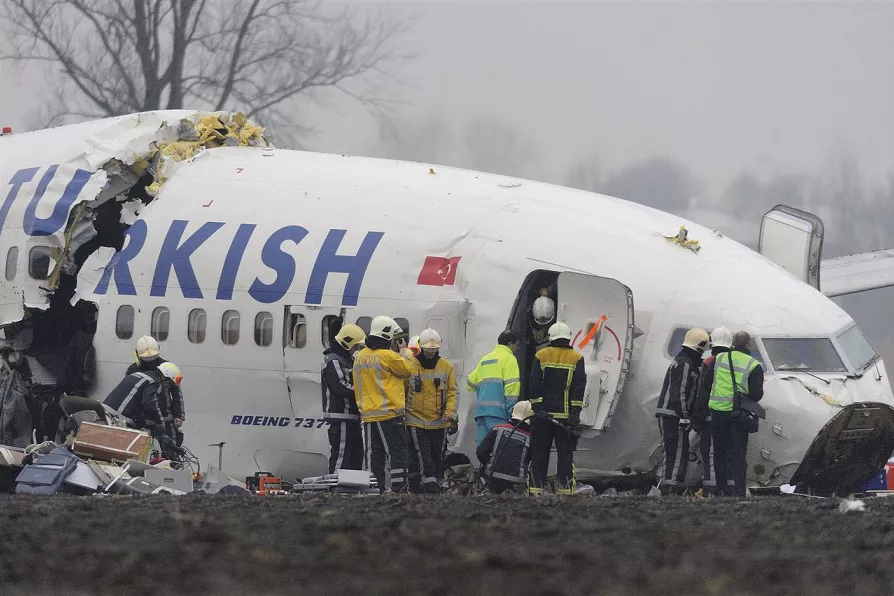ANSELM ELDERGILL recalls the misjudgments, mishaps and moments of farce that shaped his years in legal practice

 DEADLY: A Boeing 737-800 crashed in 2009, killing nine near Amsterdam. It was later found that the Dutch investigation played down criticisms of design flaws under pressure from Boeing
[Fred Vloo/ Creative Commons]
DEADLY: A Boeing 737-800 crashed in 2009, killing nine near Amsterdam. It was later found that the Dutch investigation played down criticisms of design flaws under pressure from Boeing
[Fred Vloo/ Creative Commons]
WITH an average of 5,500 aeroplanes landing and departing within Britain every day, short- and long-haul aeroplane journeys have become commonplace since the first scheduled commercial flight in 1914. Although the principles of flight may seem mystifying, aeroplanes today rely on simple fundamentals of aerodynamics — just as they did a hundred years ago.
The four forces that act on an aeroplane are lift, weight, thrust and drag. We can understand their interplay using Isaac Newton’s three laws of motion, formulated in the 17th century.
Thrust is generated by the engines of an aeroplane, acting forwards. Newton’s third law of motion states that every action (or force) has an equal and opposite reaction (force in the opposing direction).
The opposing force to thrust is drag, acting backwards. Drag arises from the aeroplane moving through the air (think about when you try to move through a strong wind and feel the resistance from the air pushing on you).














